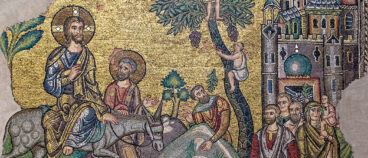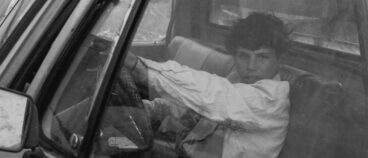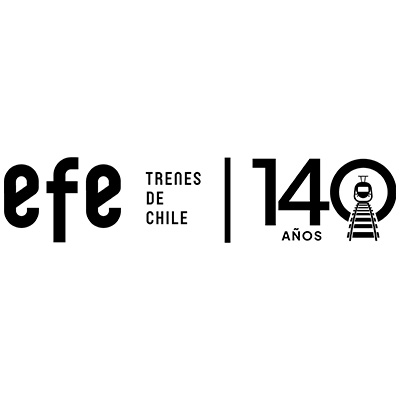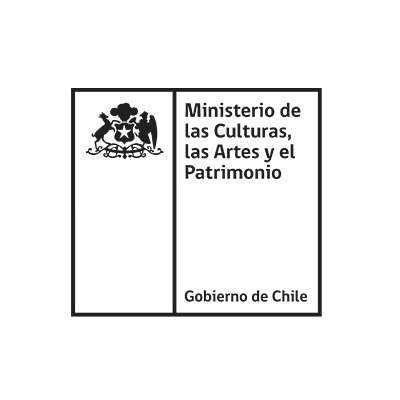
BETHLEHEM REBORN
LAS MARAVILLAS DE LA NATIVIDAD

LAS MARAVILLAS DE LA NATIVIDAD

Premio Rodrigo Rojas de Negri

Creada por María Jesús Guarda, Karina Letelier y Paulo Letelier


Explora el mundo de la literatura infantil sueca

Centro Cultural La Moneda and Empresa de los Ferrocarriles del Estado (EFE) invite you to visit the exhibition “Along the line runs the train“, curated by Amarí Peliowski and José de Nordenflycht. This exhibition offers a glimpse into the cultural impact of this mode of transportation on the construction of the identity of Chilean society.
With over 700 works displayed, the exhibition takes us on a journey from 1884, the year Empresa de los Ferrocarriles del Estado was established, to the present day, while addresing the current state and future projections of the railroad system in Chile.
In the territories of Chile, we can follow the line of the routs, which are outlined between locations, traversing the country’s backbone. In just a few years, the train revolutionized the way territories were connected. What did it mean at every level? In 1851, Ferrocarril Caldera – Copiapó railway was inaugurated for mineral cargo transport -33 years before EFE existed- while in the rest of the country, people continued to travel on foot and by horse. The situation began to change when, in 1873, the Congress authorized the State to acquire private shares, procurung the entire southern network of the country, including branch lines. At this moment, the political strategy concernig the railway ssystem began to take shape. History advanced at full steam. The railway system accompanied significant processes in the country, including rural-urban migration, cargo transport, the emergence of settlements, hotels, tourism, shipping companies, and football teams.
How did those generations, who lived in those early years of EFE, imagine the future of the company? If today we bet on commuter trains, back then the focus was on long-distance trains. In 1995, with services distributed among brances, Ferrocarriles de Pasajeros S.A. was established, currently EFE Central, covering the Santiago-Chillán network; in 2005, EFE Valparaíso began operating as the first urban train of EFE, then called Metro Valparaíso; in 2008, EFE Sur was founded, operating the Biotren passenger service.



